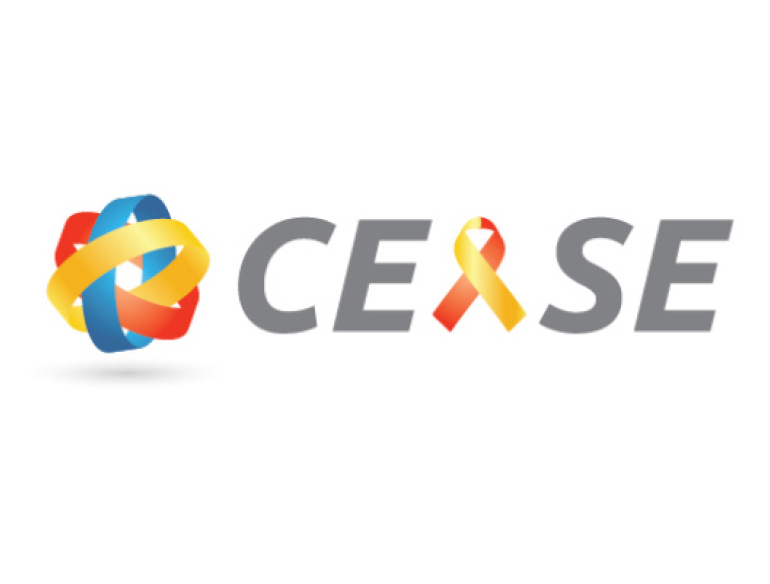At the end of 2015, prior to the availability of highly curative direct acting antiviral (DAA) therapy, an estimated 230,000 Australians were living with hepatitis C. Of the 25,000 Australians living with HIV, around 10% were also living with hepatitis C. People living with HIV-hepatitis C coinfection have an increased risk of progressive liver disease, liver cancer and associated death, but once HCV has been cleared the liver can begin to regenerate. With new hepatitis C transmissions increasing among this group over the past decade, and the listing of DAA treatments on the Pharmaceutical Benefits Scheme in 2016, Kirby Institute researchers recognised an opportunity to scale up DAA treatment and evaluate the impact on people living with HIV-hepatitis C coinfection.
Prior to DAA therapies, treating hepatitis C in people living with HIV was challenging and largely unsuccessful, as toxicity and tolerability issues with older interferon-based therapies complicated treatment of hepatitis C in those living with HIV. However, today’s DAA treatments are far better tolerated, involve a shorter course of treatment, and are proving to be equally successful at curing hepatitis C in HIV positive and negative people.
Three things are required to eliminate hepatitis C in people living with HIV: (1) highly effective treatments, (2) rapid uptake of treatment and (3) low rates of reinfection, and it is this approach that the Kirby Institute's CEASE project is taking.
Over 400 participants are involved in the study throughout NSW, QLD, VIC and SA. Most of the participants in CEASE are gay or bisexual men (80%), who have injected drugs at some point in their lives (79%). The average age of participants was 49 years. Participants attended a Follow Up 1 visit in 2018 and will be invited to attend Follow Up 2 in 2020.
DAAs were accessed by 91% of coinfected CEASE participants by 2018. This led to a substantial decline in the proportion of people in the study who had active hepatitis C from 82% in 2014 to 8% in 2018. Australia is one of the first countries in the world to show such a dramatic effect in people living with HIV, and this is a result of the rapid uptake of DAA medications, one of the cornerstones of the elimination effort.
But what about reinfection? People treated with DAAs can be reinfected with hepatitis C if they have ongoing risk behaviours, but the chances are much less likely if many others in the community have also been treated. High rates of treatment uptake may have a beneficial effect, not just for the individual but also for the community. This effect is known as ‘treatment as prevention’.
CEASE surveyed drug use and sexual behaviours of participants to gain insights into reinfection risk in this population in 2014 and again in 2018. Researchers found that drug use behaviours that increase the risk of reinfection, such as injecting drug use and needle sharing remained stable. Sexual behaviours in gay and bisexual men that increase the risk of reinfection either stayed stable, or for some activities such as condomless anal intercourse with casual partners and group sex, declined. By 2018, there were only a small number of reinfections, which is encouraging, however it is too soon to get the full picture on whether reinfection rates will rise later.
Follow Up 2 in 2020 will provide a clearer picture on reinfection rates in CEASE and continue to track the uptake and effectiveness of treatment. Data from CEASE will be used to guide future HCV elimination efforts in people living with HIV in Australia and overseas.
The CEASE study is led by Associate Professor Gail Matthews, Clinical Academic in our Viral Hepatitis Clinical Research Program. Please contact Associate Professor Matthews for more information about this study.
